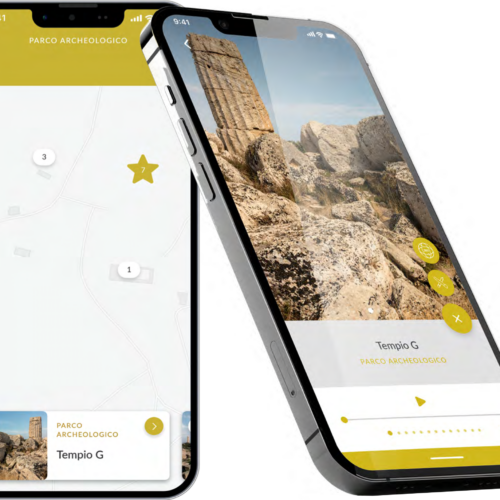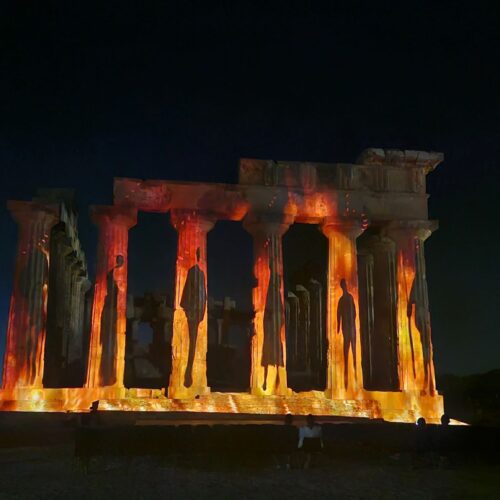Selinunte Archaeological Park Multimedia Set up
Selinunte Archaeological Park
- Selinunte Archaeological Park
OUR SERVICES
- Content Production
- Video Production
- App Design
- 3D Production
Restoring ancient Selinunte’s role as a muse for art and literature by telling its story through emotional digital tools


